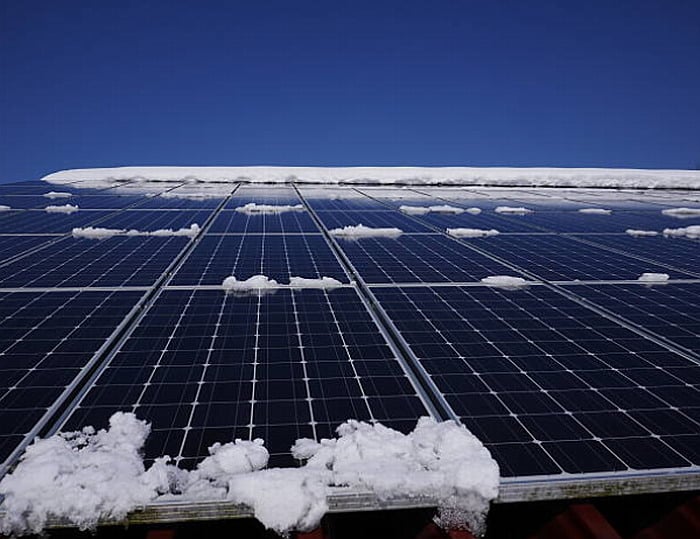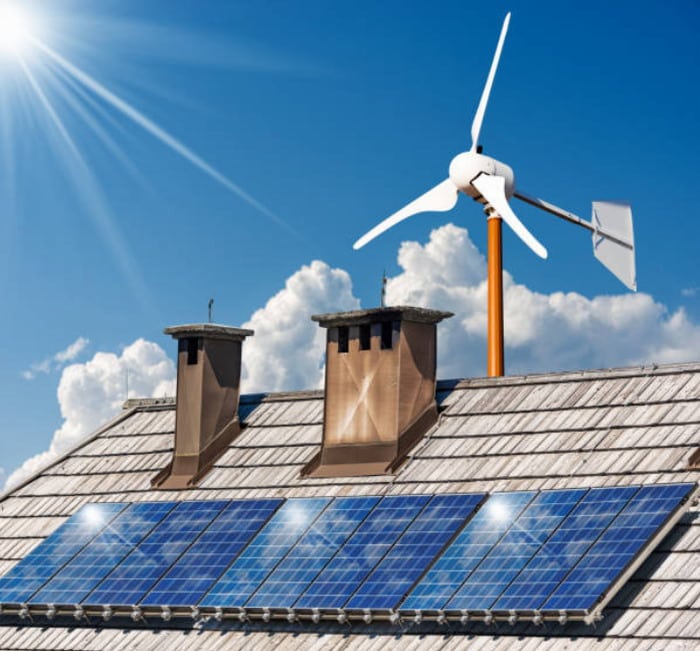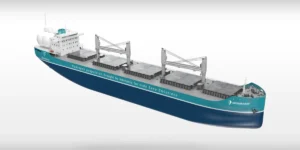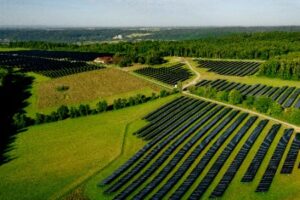Using Solar and Wind Energy

As the winter months approach quickly, homeowners often find themselves facing increased energy bills due to heating and electricity needs. While traditional energy sources (based on fossil fuels) can be costly and environmentally impactful, there are alternative solutions that can help you power your home sustainably and efficiently during the colder season while reducing your monthly bills close to zero. In this article, we’ll explore how you can harness the power of wind and solar energy during winter to keep your home warm and well-lit while reducing your carbon footprint in the winter. Let’s see if powering your home during winter using mainly solar and wind power is worth it.
1. Solar Panels: Your Winter Energy Source
Solar panels are a reliable and sustainable energy source throughout the year, including winter. Here’s how they work:
a. Capturing Sunlight
Solar panels convert sunlight into electricity using photovoltaic cells. Even on cloudy or snowy days, they can capture and convert light into power.
b. Energy Storage
To ensure a continuous energy supply during winter nights and cloudy days, consider pairing your solar panels with a battery storage system. The battery system used to store surplus energy, must be designed to cover the needs of your home for several days. This allows you to store excess energy generated during sunny days for use during the night or during cloudy, rainy or even snowy days.
c. Snow Management
Solar panels can continue to produce energy in light snow conditions. However, it’s essential to keep the panels clean and clear of heavy snow to optimize energy production. Some panels have self-cleaning functions or can be equipped with snow rakes for easy maintenance.
d. Solar panels in the winter
Do you think that solar panels stop working during the winter? Well, I can tell you that solar panels can work pretty well even in the coldest winter month (January) because the very cold days also come with clear sky.
Despite the low outside temperature, you panels will generate energy even during the winter if there is sunlight. They will not generate as much energy as in the summer, but they will generate enough power to lower your energy bills.
2. Wind Turbines: A Reliable Winter Companion
Wind turbines are an excellent complement to solar panels, as they can generate electricity even when the sun isn’t shining:
a. Wind Power
Wind turbines convert the kinetic energy of the wind into electricity. Winter often brings stronger and more consistent winds, making it an ideal time for wind power generation.
b. Hybrid Systems
A hybrid system that combines solar panels and wind turbines can provide a year-round energy solution. When there’s less sunlight during winter, the wind turbines can pick up the slack, and this way (by combining solar panels with wind turbines), you can have a constant supply of clean power provided by solar panels, wind turbines or both together.
3. Energy Efficiency: Winterizing Your Home
To make the most of your solar and wind energy, it’s crucial to improve the energy efficiency of your home:
a. Insulation
Proper insulation prevents heat loss, reducing the amount of energy needed for heating. Check your home for drafty areas and insulate them.
b. Energy-Efficient Appliances
Replace old appliances with energy-efficient models. Look for the ENERGY STAR label when shopping for new appliances.
c. Smart Thermostats
Invest in a smart thermostat that allows you to control your home’s temperature remotely. You can adjust the heating based on your schedule and needs.
4. Regular Maintenance
For both solar panels and wind turbines, regular maintenance is crucial. Keep the following in mind:
a. Solar Panels
Clean them regularly to remove dirt, debris, and snow. Check for any damage and ensure the panels are in optimal condition.
b. Wind Turbines
Regularly inspect the turbine blades and other components for wear and tear. Lubricate moving parts as needed and ensure the system operates smoothly.
5. Professional Assistance
If you’re considering solar panels, wind turbines, or a hybrid system, it’s advisable to consult with a professional. They can assess your home’s energy needs, design a system that suits your requirements, and handle the installation and maintenance.
Powering your home during winter with solar and wind energy is environmentally friendly and also cost-effective in the long run. By making your home more energy-efficient and harnessing the power of these renewable sources, you can enjoy a warm and well-lit home throughout the winter while reducing your carbon footprint and energy bills.

Keep your solar panels clean in the winter too, image source: Unsplash
6. Off-Grid or Grid-Tied Systems
When you decide to install solar panels and wind turbines, you must choose between off-grid and on-grid systems.
1. Off-Grid
An off-grid system operates independently from the utility grid. This means you rely solely on the energy generated by your renewable sources. During winter, when there may be fewer daylight hours and winds can vary, it’s essential to have sufficient energy storage capacity (batteries) to sustain your energy needs.
On-Grid
On-grid or grid-tied systems are connected to the utility grid. They allow you to feed excess energy back into the grid in exchange for credits. During the winter, if your renewable sources produce less energy, you can rely on the grid for backup power. This can be a more reliable option, especially during extended periods of low sunlight or wind.
7. Tax Incentives and Rebates
Many regions offer tax incentives, rebates, and grants to encourage homeowners to invest in renewable energy systems. Research and take advantage of these financial incentives to offset the initial cost of installation. These incentives can significantly reduce the payback period for your investment.
8. Environmental Benefits
Using solar and wind power during the winter has significant environmental benefits. By reducing your reliance on fossil fuels, you lower your carbon emissions and decrease your overall environmental impact. This not only helps combat climate change but also supports a more sustainable future.
9. Net Metering
If you opt for a grid-tied system, look into net metering policies in your area. Net metering allows you to receive credits for excess energy you generate and feed back into the grid. These credits can then be used during times when your renewable sources are less productive, such as during winter.
10. Winter Weather Considerations
In regions with severe winter weather, it’s important to consider the impact of snow and ice on your renewable energy systems. Solar panels should be installed at an angle that encourages snow to slide off or be easily removed. Wind turbines should be designed to withstand icy conditions.

Hybrid system solar and wind to lower your bills during winter, image source: Unsplash
11. Backup Generators
For added peace of mind during extended periods of low energy production, consider installing a backup generator. This can provide essential power during emergencies or times when your renewable sources are not generating enough energy.
12. Community Support
In some areas, communities and neighborhoods are adopting renewable energy solutions collectively. This can be particularly beneficial in ensuring reliable power during winter months, as the shared resources provide stability and backup.
Conclusion
By carefully considering these factors and taking steps to optimize your renewable energy system, you can confidently power your home during the winter with solar and wind energy. This sustainable approach not only reduces your environmental impact but can also lead to long-term cost savings and energy independence.




